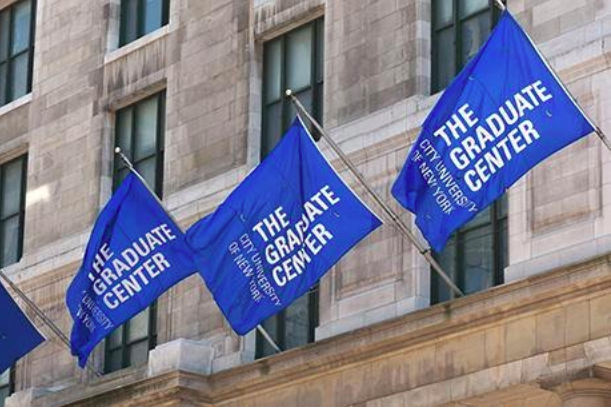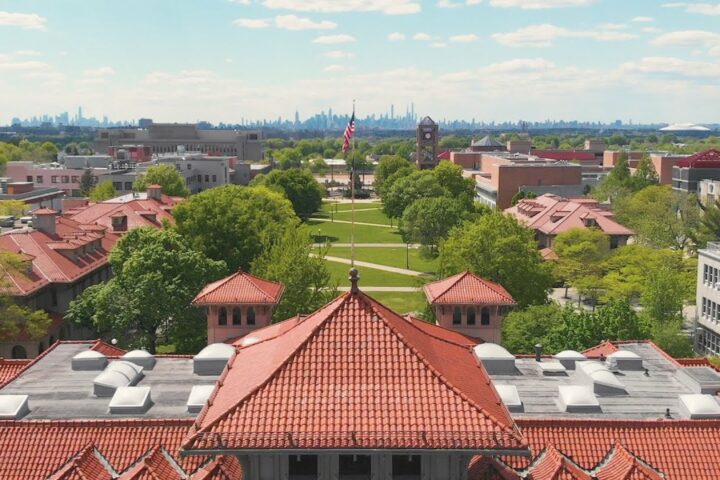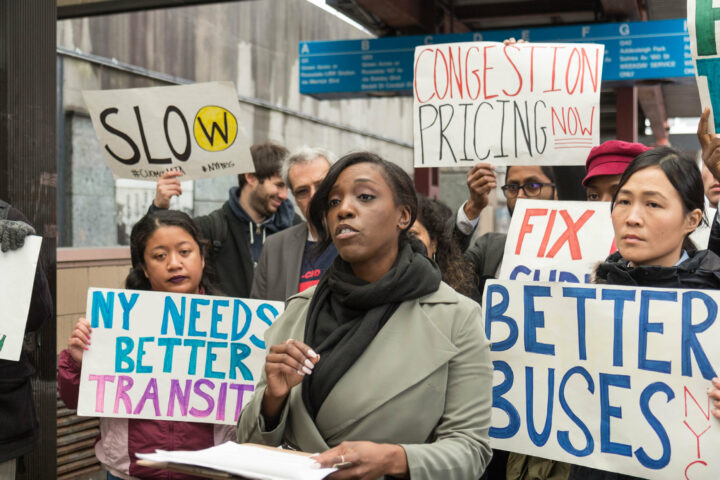Imagine a Queens College campus where only a third of the students wore slacks — a campus where women were only allowed to wear dresses or skirts with a modest blouse or sweater.
This was the dress code in practice when Margaret Kiely — QC’s first dean — was in office as acting president, from 1947 to 1949. The second official female president was Shirley Strum Kenny, who served in office from 1985 to 1994 — nearly 40 years after Kiely.
“As college students and young adults, I don’t think that we should be told what to wear to school,” QC freshman, Michele Jackson said.
Young college women have come a long way from dress code; however, being able to wear what they want is a small feat when compared with the right to vote.
With the presidential elections on Nov. 6, newly legal college students, as well as those who have voted once or twice in the past, are preparing for this year’s presidential election.
Yet, there is talk about a gender gap in the elections. The gender gap is the difference in the percentage of women and men, supporting a candidate. Research from The Rutgers Center for the American Women and Politics, shows that indeed, a gender gap does exist within the elections.
Since the Ronald Reagan and Jimmy Carter presidential election campaign in 1980, there has been a significant difference between male and female voting percentages. In each election, the majority of the Republican vote was male, while the majority of the Democrat vote was female.
As for this election, the recent presidential debate as well as the past party conventions, gives the impression that women will have a larger say in this election than any other in the past. This is mainly due to female speakers.
The rise of the women’s liberation movement was in the 1960s, amidst the Civil Rights Movement. The most significant year, according to a CUNY article entitled “Women’s leadership in American history,” was in 1992, when 60 million women voted. As a result, 24 women were elected into the House of Representatives, as well as five female senators. This was the largest increase of female political leaders in American history.
In a 2010 election update, the Women’s Campaign Fund found that for the first time since 1987, the United States has made no progress in electing more women into Congress — this included the end to Nancy Pelosi’s position as the first female Speaker of the House.
Still underrepresented in all forms of government, women take up only a mere 17 percent of the seats in Congress.
News organizations seem to think that women will take over the election of 2012. The question is — will they?
In an opinion piece from USA Today, studies show that about 55 percent of young voters in the 2008 election were women, showing that young women were able to make an impact on the election.
One reason to think women have the upper hand is the female speakers at the Democratic National Convention. This includes Georgetown Law School graduate and women’s rights activist Sandra Fluke. Fluke covered the big female topic of this election year — abortion and a woman’s right to choose.
“I’m here because I spoke out,” Fluke said, at the convention. “And during this November, each of us must speak out.”
Fluke’s comments were not only a plea for more Democratic votes, but a call for all women to get involved as political leaders.
“Democratic policies have always taken females into consideration with regards to abortion and other issues,” QC freshman Ria Bissoon said. “To get votes, you need to reach out to the people who listen [about these issues] best.”













